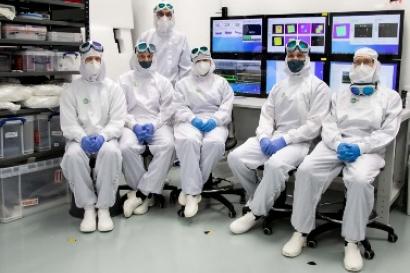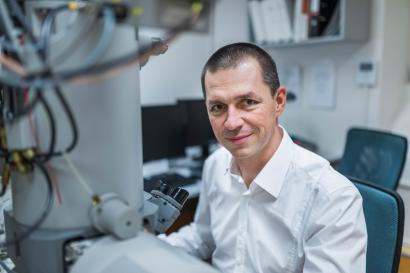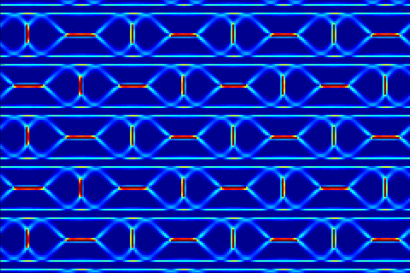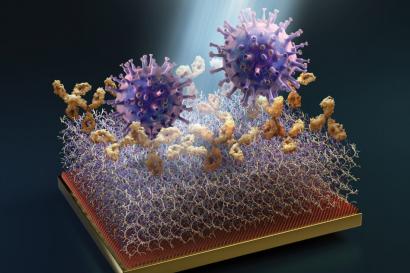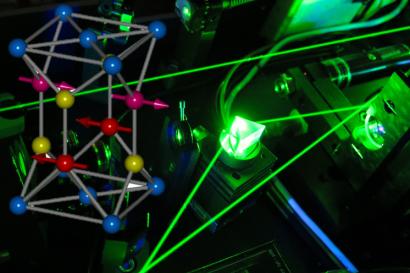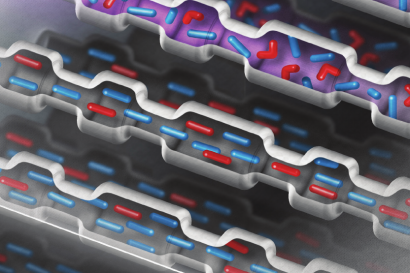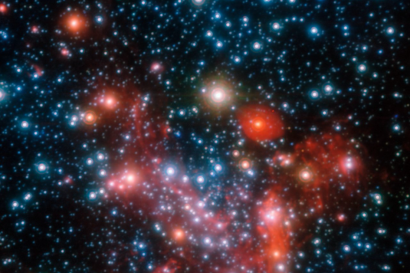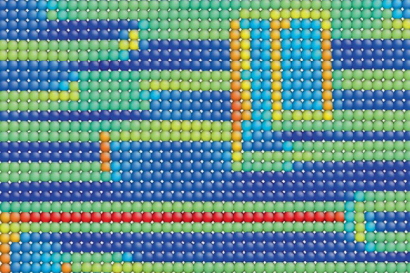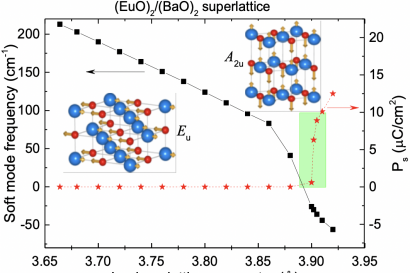A new World record for BIVOJ laser
The BIVOJ laser has broken its own performance record that it set in 2016. In a recent test, the system was operated for an hour at a pulse energy in excess of 145 J (with a maximum of 146.5 J) in 10 ns pulses at a repetition rate of 10 Hz at a wavelength of 1030 nm.
